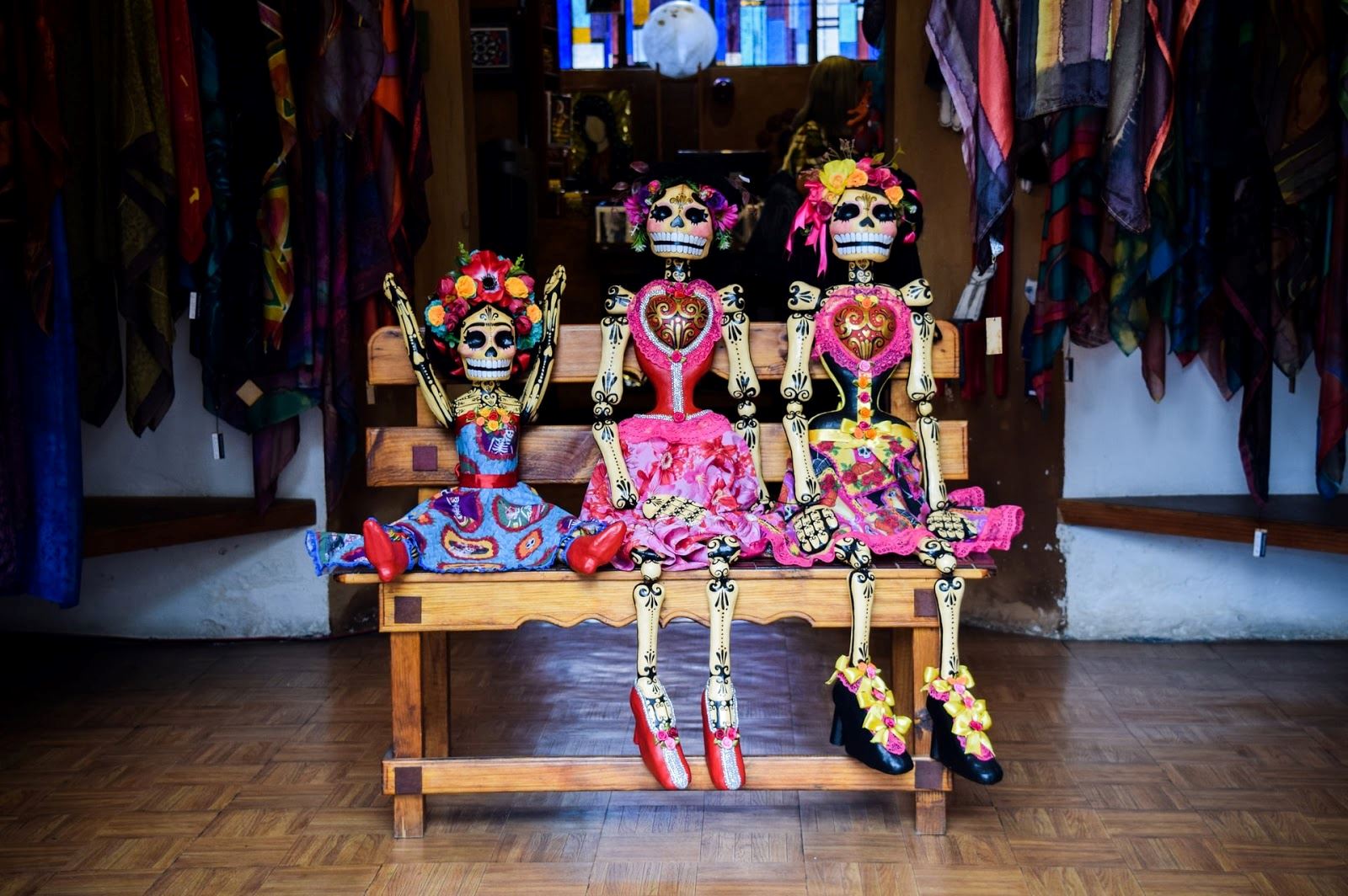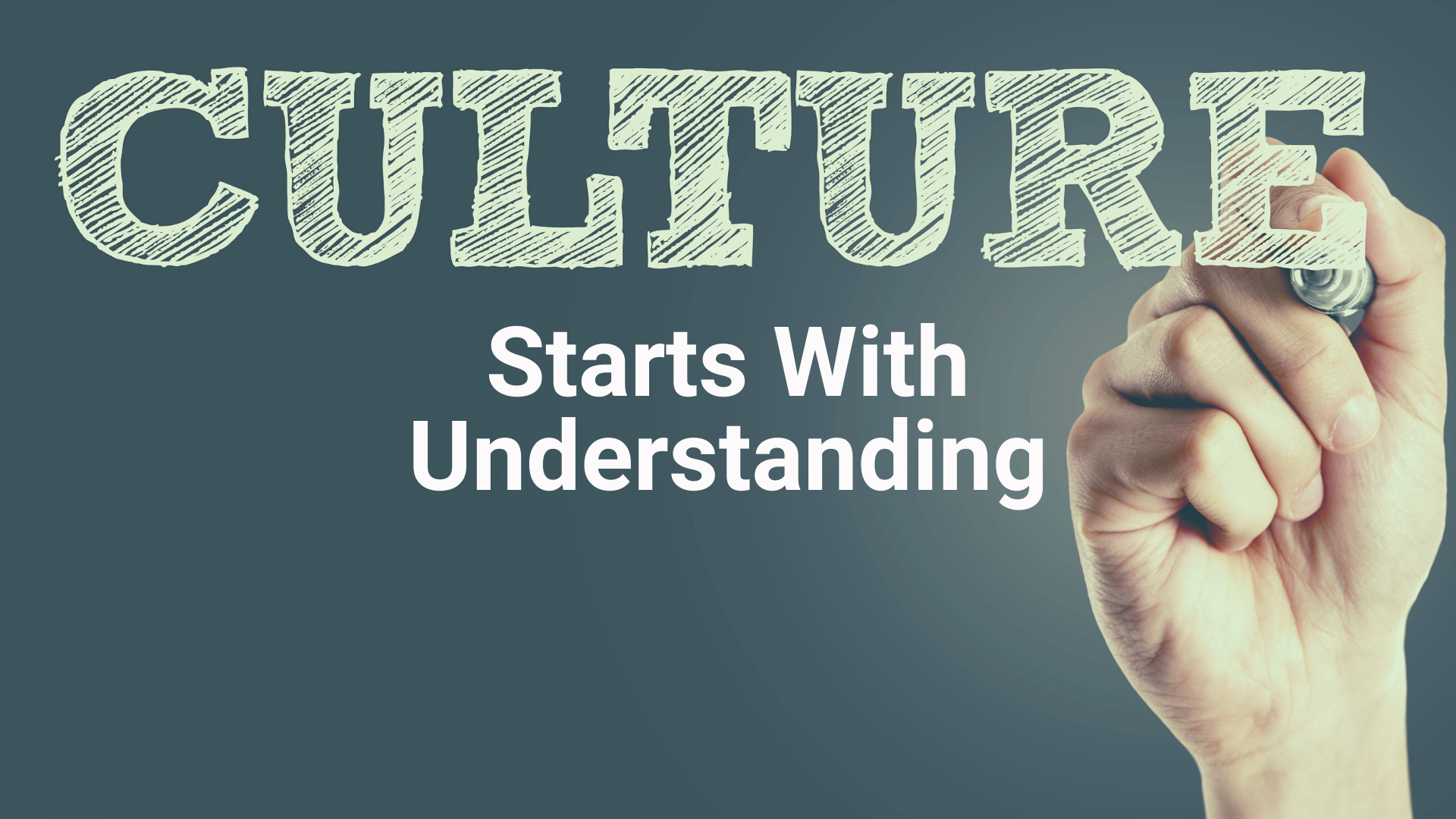You know your company has a culture. Of course, it does. Put any two people together, and they develop a way of doing things all their own — their culture.
That much is obvious.
But what culture do you have?
Come to think of it, what types of organisational culture are there? And what if the type you have is not what you need?
Those are all excellent questions. But before I dig into helping you answer them, let’s do a quick recap on what culture is and why it’s so important.
What Is Culture in an organisation?
Culture in an organisation is sometimes described as the climate or atmosphere in an organisation. That’s a bit too nebulous and hard to pin down for my taste.
Another popular description of organisational culture is “the way things are done around here.”
I’ve found that neither of them gets to the core of what culture is because neither addresses what shapes it.
A better one is “corporate culture refers to the shared values, attitudes, standards, and beliefs that characterise members of an organisation and define its nature.”
But I still miss something.
And that’s what values, beliefs, and attitudes act on. Not to mention the complex interplay between culture and the people in it.
So, I like to think of organisational culture as “the complex mix of shared and individual beliefs and values that shape decisions, attitudes, and actions at all levels in an organisation.”
You could, and I do, say that culture is in the driver’s seat of your business.
That’s why you want an effective culture — one that helps you achieve your company’s purpose rather than hinders it. And you want to be deliberate about fostering the right type for your business because culture happens whether you pay attention to it or not.
Fortunately, while individual cultures are incredibly varied, you can focus your attention on the aspects that determine the type of your organisational culture.
So let’s see what types of organisational culture exist.

Photo by Nick Fewings on Unsplash
What Are the Types of Organisational Culture?
First, let’s discuss a couple of well-known frameworks to categorise, or type, organisational cultures.
Hofstede’s Six Cultural Dimensions
Geert Hofstede identified six dimensions to describe how societies (nations), companies, or any group of individuals organise themselves and interact with each other. Where they are on these dimensions defines their culture.
- Power distance
How easy it is to exert power over others, and how difficult to go against someone with power. Authoritarian and hierarchical cultures will have a larger power distance than informal cultures.
- Uncertainty avoidance
How comfortable people are taking risks. Companies that need or want to innovate need a high level of comfort with risk in their employees.
- Collectivism vs individualism
Do people make individual choices and decisions, or is there more cohesion and do people “know their place?” Asian, African, and South American cultures are traditionally more collectivist.
- Femininity vs masculinity
Gender bias notwithstanding, masculine organisations tend to be more openly competitive and less sympathetic to the underdog.
- Long-term orientation
Long-term, in this case, is not about goals but change. When you have a short-term orientation, the world changes little, and you can rely on the past to know what to do in the future. With a long-term orientation, you see the world as ever-changing, and you need to plan ahead.
- Indulgence vs restraint
How much and how easy do you want to fulfil your wants and needs. An indulgent organisation focuses on freedom, a restraint organisation on duty and obligation.

Photo by Varun Verma on Unsplash
Charles Handy’s Four Types of Culture
Charles Handy looked at the distribution of power and the level of cooperation in companies to develop four distinct types of organisational culture.
- Task Culture - aka Athena culture
In a Task Culture, you’ll find high levels of both power distribution and cooperation. You can find them in matrix organisations of experienced professionals focused on results and problem-solving.
- Person Culture - aka Dionysys culture
The level of power distribution in a Person Culture is high, and that of cooperation low. Everything is centred around individual independent experts doing their thing. Like what you would see in, for example, law firms.
- Power Culture - aka Zeus culture
A top-down approach by management signals the low level of power distribution in a Power Culture. Cooperation levels between individuals and departments are high, though. In power cultures, the top leader usually commands a lot of loyalty. Results are what counts.
- Role Culture - aka Apollo culture
Power is centralised, and cooperation levels are low. An organisation with a Role Culture values security, predictability, and stability with clear roles and responsibilities. They’re usually hierarchical and not always flexible.

Photo by Vadim Vasenin on Unsplash
OCAI Categorization
The OCAI (Organisational Culture Assessment Instrument) also maps companies onto two axes of competing values. The OCAI axes, or dimensions, are
- flexibility and freedom to act versus stability and control, and
- internal focus and integration versus external focus and differentiation.
The four resulting types of culture are:
- Create Culture
Dynamic and entrepreneurial. It’s okay to take risks. Everyone can contribute. It doesn’t matter what your position or role is. Usually found in companies that want or need to innovate continually.
- Collaborate Culture
People-oriented and friendly. Connections are important and mentoring programs the norm. Usually found in family-run businesses.
- Control Culture
Process-oriented and structured. Top-down decision making. Policies and rules are the order of the day. Usually found in companies with a high need for efficiency or dealing with many compliance regulations.
- Compete Culture
Results-oriented and competitive. A demanding environment that values winning. Both internally and externally. Meeting quotas and reaching targets is vital, and incentives to do so are the bread and butter of success.
You may have encountered these types of organisational culture by the names that Cameron & Quinn gave them: Adhocracy culture, Clan culture, Hierarchy culture, and Market culture, respectively.

Photo by Lawrence Jackson on Wikimedia Commons
Other Types of Organisational Structures and Cultures
Most companies still use a hierarchical structure even if they distribute decision making throughout the organisation.
If you follow organisational trends, you’ll have noticed the emergence of several new organisational structures over the last decade or two, such as Holacracy, Sociocracy, and Teal.
These fundamentally change how to organise the company, its work, how people get together to achieve goals, and how decisions get made.
Holacracy distributes power throughout the organisation. Self-organising teams have the authority to act within agreed priorities and strategies to fulfil the organisation’s purpose.
Sociocracy, or dynamic governance, focuses on consent in decentralised decision making by those directly involved in a work process or sharing an objective. The latter comes into play when different groups need to work together to achieve an overall goal.
Teal advocates autonomy like Holacracy does and emphasises adapting your organisation as it grows.
All three decrease Hofstede’s power distance and require employees to be more comfortable with uncertainty, personal risk-taking — as in sticking out your neck, and accountability — or perhaps more accurately: responsibility.

Photo by Travel Photographer on Stocksnap
Finding Out Which Type of Culture You Have
After all that, you may have a fair sense already of your company’s type of organisational culture.
But maybe you don’t, or you want more than a sense to take better-informed action if it isn’t quite where you want it to be.
You have several options to find out what type of culture you currently have.
You could conduct a survey or a formal assessment such as the OCAI. You’d gain a lot of insight.
But the thing is that you’d have to do them regularly. Because culture changes with everything that changes in and around your company, and especially with employees starting and leaving.
And of course, if you used the assessment to figure out the starting point of your journey to a culture that better suits your type of business, you’d also have to repeat it regularly to see whether what you did to change the culture had the desired effect.
And there’s another pitfall with surveys and assessments. People answer differently than how they’d act. Not because of malice or deceitfulness. But because they’re nice and like to give the answer they think you want to hear.
The best and easiest way to find out your type of organisational culture is to sit back and enjoy the view. To observe. To listen for what they believe and value about their jobs, customers, colleagues, and bosses.
Ideally, you’d observe everyone without them knowing about it. Like a biologist hiding in a tent with a camera and a tape recorder.
But, there’s no ethical way of doing that.
The next best way is to observe them while they’re aware someone is watching and listening, but they feel safe in the knowledge that what they say can’t be tied back to them. The observer only gets to hear their words and can’t find out who said them.
That’s exactly what the Harkn platform does.
It allows you to listen to the pulse of your employees’ experience in and of your company in real-time. It gives you an ongoing view of your culture in action.

Photo by Mehndi Training Center on Unsplash
And What if Your Culture Is Not the One You Need?
Let’s say you’ve discovered a few beliefs and values in your organisation that you’d rather were not.
Can you change that?
Of course, you can.
And you know that because you’ve seen it happen before.
Just think about what happens when a new CEO takes the helm. Or on a smaller scale, when a department gets a new manager. The new leader brings her (or his) own beliefs and values to the company. And it doesn’t take long for the people around them to pick up on this and start adjusting their behaviour.
Of course, the current culture also affects the new leader.
The point is culture shifts all the time.
And that means you can also influence it deliberately.
The way to do that is
- to talk about the beliefs and values you want to take hold,
- to walk your talk — by modelling what you want to see,
- to reinforce behaviour that’s in line with them, and
- to set boundaries around behaviour you don’t want to see.
And the Harkn platform is a great way to watch and monitor how everyone responds. You can watch how your actions land in real-time and respond accordingly.

Photo by Valeria Almaraz on Unsplash
Are You Ready To Observe and Walk Your Talk?
That’s it. We’re full circle.
You’ve reacquainted yourself with what culture in an organisation is, and you’ve seen several frameworks that describe the types of organisational culture you can find in companies.
When you’re ready to assess your culture, just pick the framework with the dimensions that make the most sense for your business. Then, engage everyone in assessing it and changing it for the better. And, of course, walk your talk to set the best example possible.
First and foremost, though, start and keep observing.
Listen and watch what really goes on. Talk with people at all levels.
Do it in person.
While it can skew your observations, it’ll tell people you mean business with your culture. And it might also tell them you care about their experience.
For an unskewed picture of how your employees experience their job and your company on a day-to-day basis, consider using Harkn. You can request a demo or take it for a spin.





